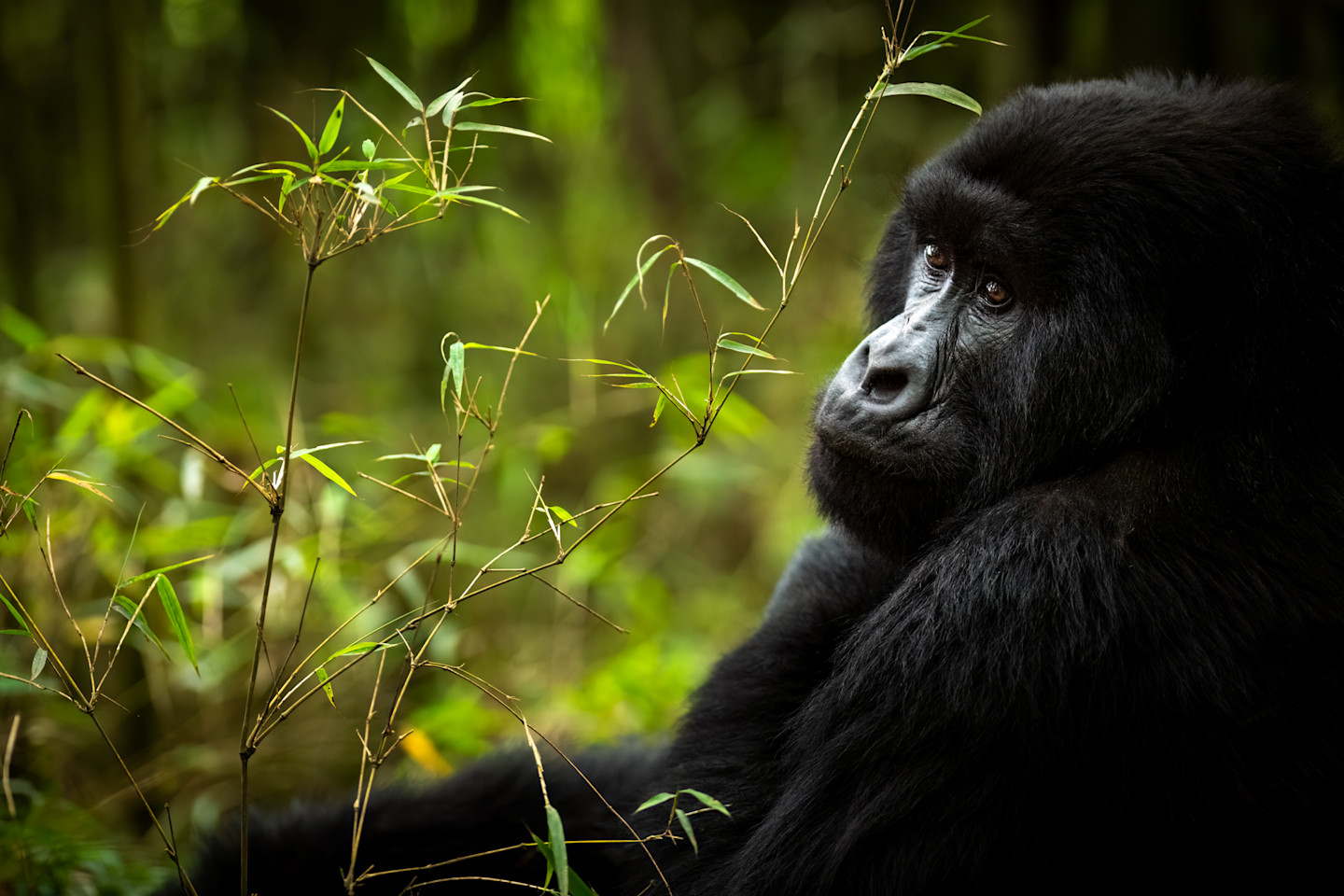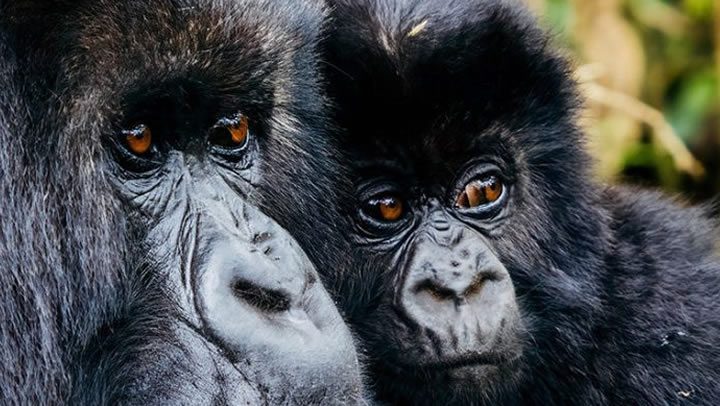Gorillas are the largest primate species on Earth. They are also fascinating creatures that have captivated human imagination for centuries. With their impressive strength, gentle nature, intelligent behavior, and social complexity, gorillas are a vital part of their ecosystems. This article delves into the world of gorilla species, exploring their diversity, characteristics, and conservation status.
Taxonomy and Classification of gorillas.
Gorillas belong to the family Hominidae, which includes chimpanzees, bonobos, and humans. The genus Gorilla is divided into two species: Eastern Gorilla (Gorilla Beringei) and Western Gorilla (Gorilla gorilla). Each species is further divided into two subspecies.
Eastern Gorillas (Gorilla beringei)
The Eastern Gorilla is one of the two recognized species of gorillas. It is divided into two subspecies:
- Mountain Gorillas. (Gorilla beringei beringei).
Mountain gorillas are majestic creatures that continue to fascinate and inspire us. Their impressive size, intelligent behavior, and social complexity make them a vital part of their ecosystems. By understanding and addressing the threats they face, we can work towards ensuring the long-term survival of these incredible animals. Mountain gorillas inhabit the Virunga Mountains in central Africa, spanning across the Democratic Republic of Congo, Rwanda, and Uganda.
Mountain gorillas are known for their gentle nature and social complexity, living in groups led by dominant males. They have thicker fur, broader chests, and more robust builds than other gorilla subspecies. Mountain gorillas are the largest primates on Earth, with adult males reaching the height of up to 1.8 meters (6 feet) tall, with an average height of 1.6 meters (5.2 feet).
Their weight is between 150-220 kilograms (330-485 pounds), with an average weight of 180 kilograms (397 pounds). They have a Body Mass Index of around 30-40, indicating a stocky, muscular build. They are listed as Endangered on the IUCN Red List, with a population of around 1,004 individuals.
- Eastern Lowland Gorillas.
These are one of the two subspecies of eastern gorillas. They inhabit the eastern parts of the Democratic Republic of Congo, specifically in the lowland forests. These gorillas are known for their impressive size, intelligent behavior, and social complexity.
Eastern lowland gorillas are larger than their mountain gorilla counterparts, Males reaching up to 1.8 meters tall weighing between 150-220 kilograms. They have thicker and longer fur than mountain gorillas, with a darker brown color. Eastern lowland gorillas inhabit the lowland forests of the eastern Democratic Republic of Congo, including Kahuzi-Biega National Park and Maiko National Park.
They are also herbivores, feeding on leaves from various plant species, including celery and thistle and fruits.
Western Gorilla (Gorilla gorilla):
- Western Lowland Gorillas.
Western lowland gorillas inhabit lowland forests of West and Central Africa, including countries such as Angola, Cameroon, the Central African Republic, the Democratic Republic of Congo, the Republic of Congo, Equatorial Guinea, and Gabon. They are smaller than eastern gorillas, with more slender builds and longer fur. Western lowland gorillas are social animals, living in groups led by dominant males.
Listed as Critically Endangered on the IUCN Red List, with a population of around 100,000-200,000 individuals. Western lowland gorillas (Gorilla gorilla gorilla) are one of the two subspecies of western gorillas. They inhabit the lowland forests of West and Central Africa, spanning across several countries. These magnificent creatures are renowned for their impressive size, intelligent behavior, and social complexity.
Western lowland gorillas are the largest primates in West and Central Africa. They are also social animals, living in groups led by dominant males. These groups typically consist of 5-30 individuals. The silverback, who leads the group and protects its members. They also give birth to 2-6 offspring in their lifetime. Female gorillas care for their infants, which cling to their mothers’ fur.
- Cross River Gorilla (Gorilla gorilla diehli).
Cross River gorillas are found in the border regions of Nigeria and Cameroon. They are similar to western lowland gorillas but have a distinctive crest of hair on the forehead. Cross River gorillas are also social animals, living in groups led by dominant males.
Listed as Critically Endangered on the IUCN Red List, with a population of around 200-300 individuals. Cross River gorillas are fascinating creatures that continue to capture the imagination of scientists and conservationists. Their unique genetic makeup, adaptability to high altitudes, and elusive nature make them a vital part of their ecosystems. By understanding and addressing the threats they face, we can work towards ensuring the long-term survival of these incredible animals.




